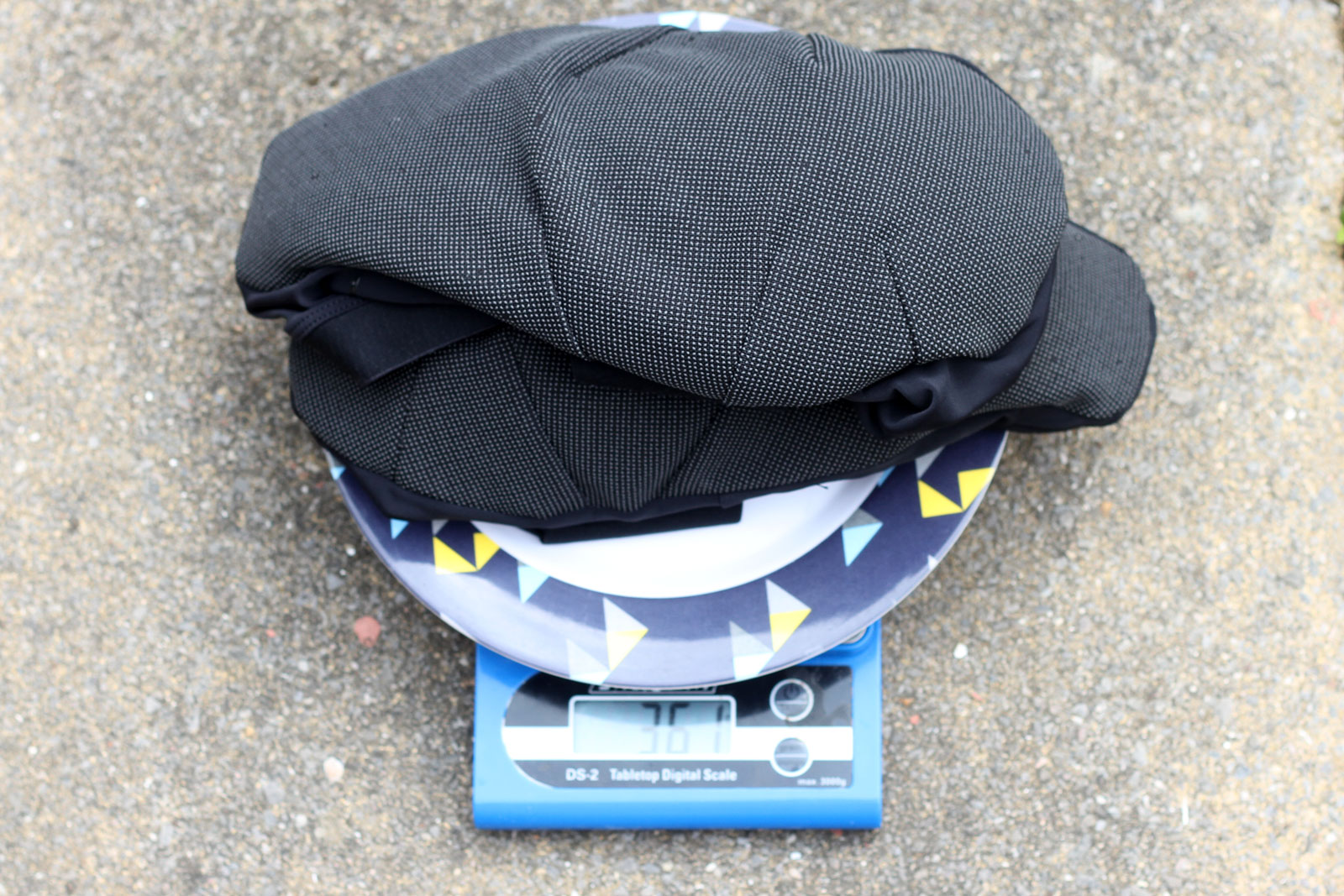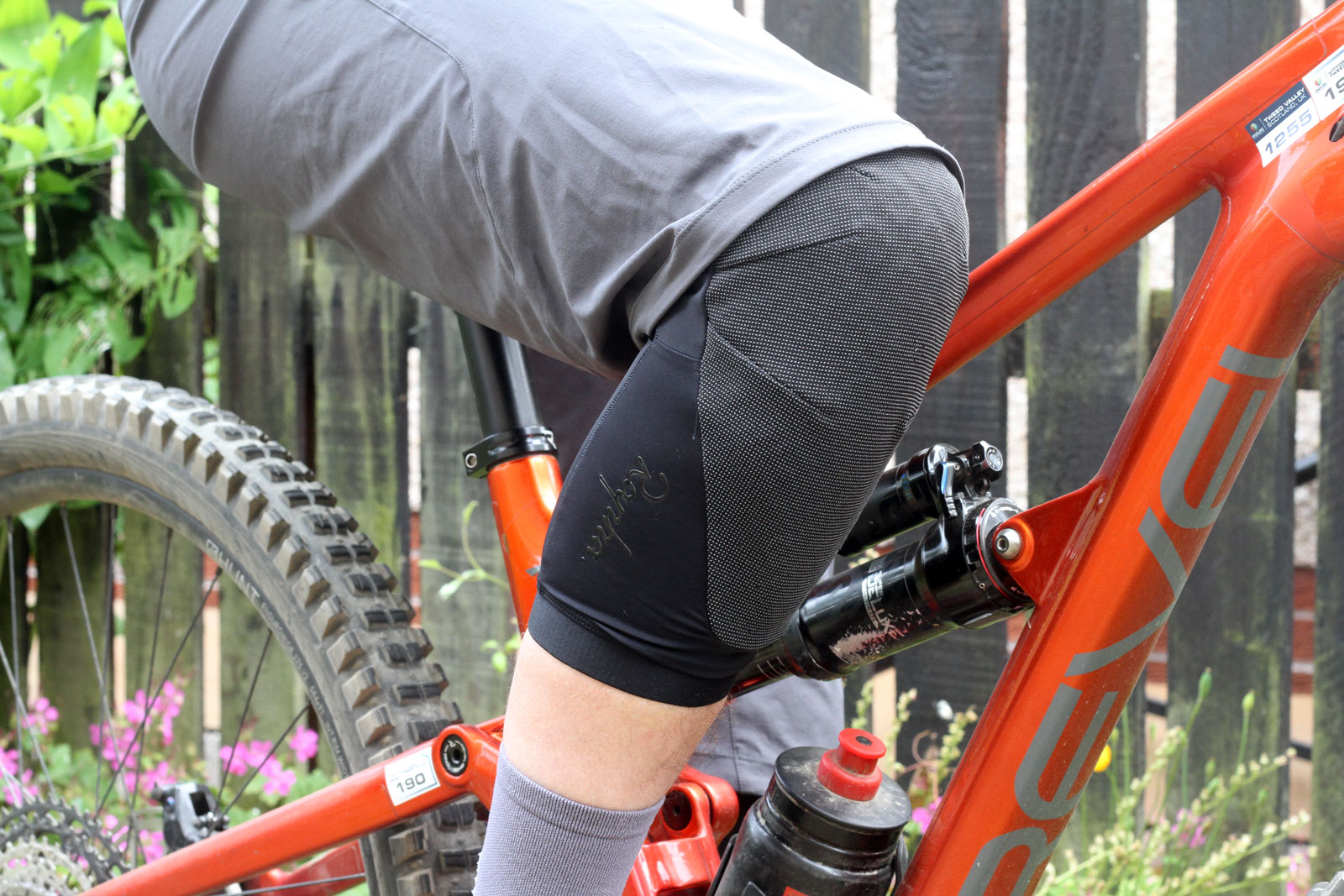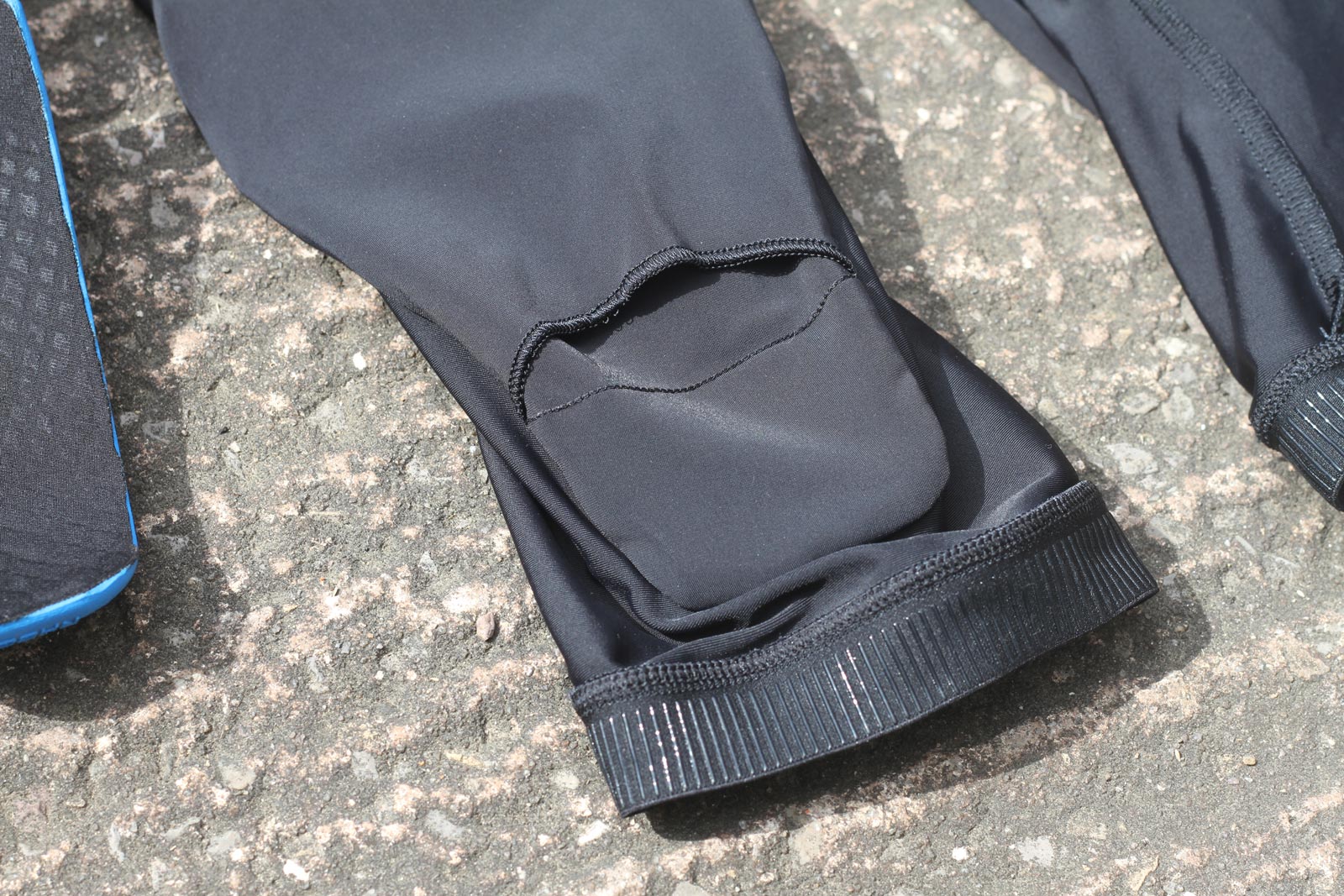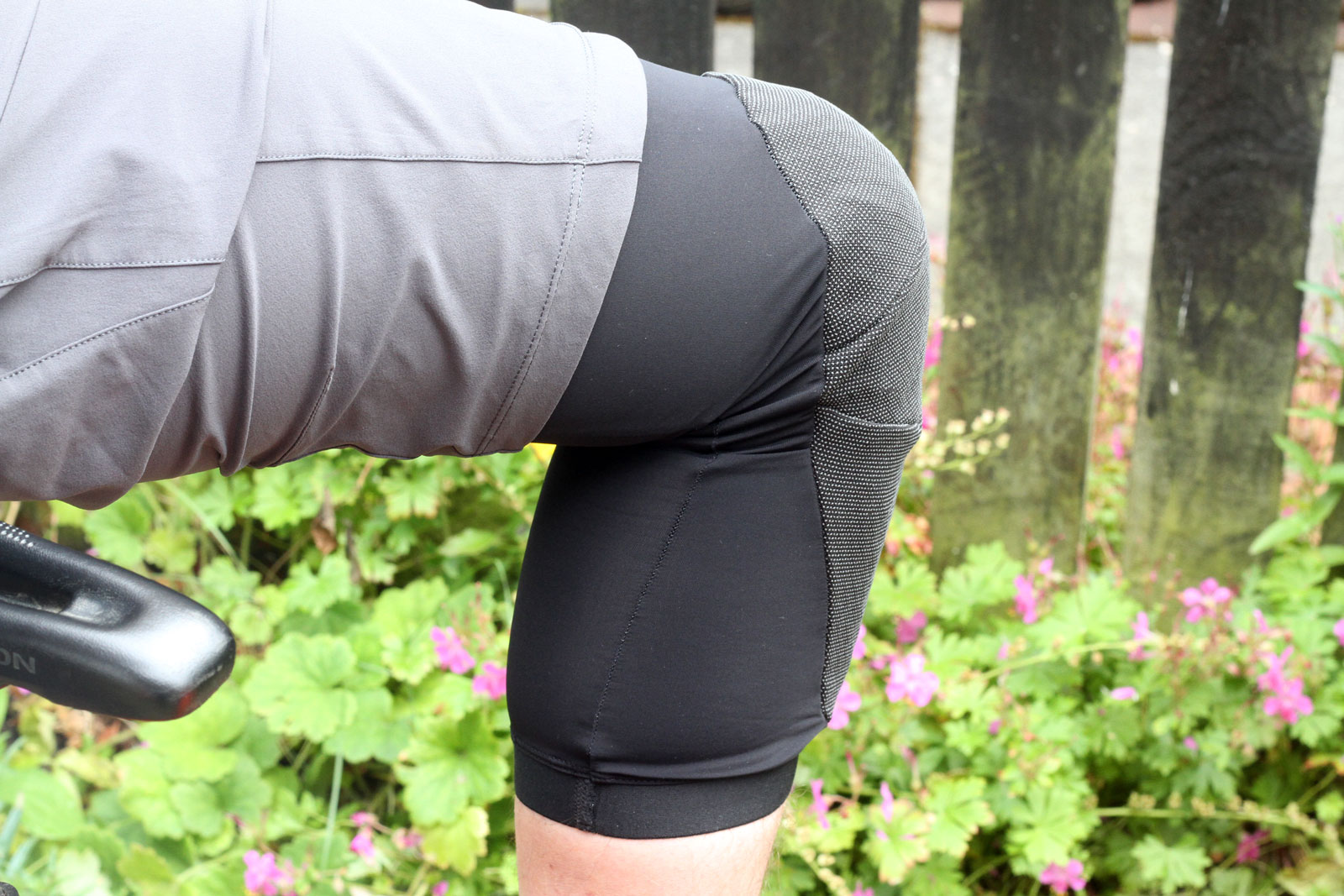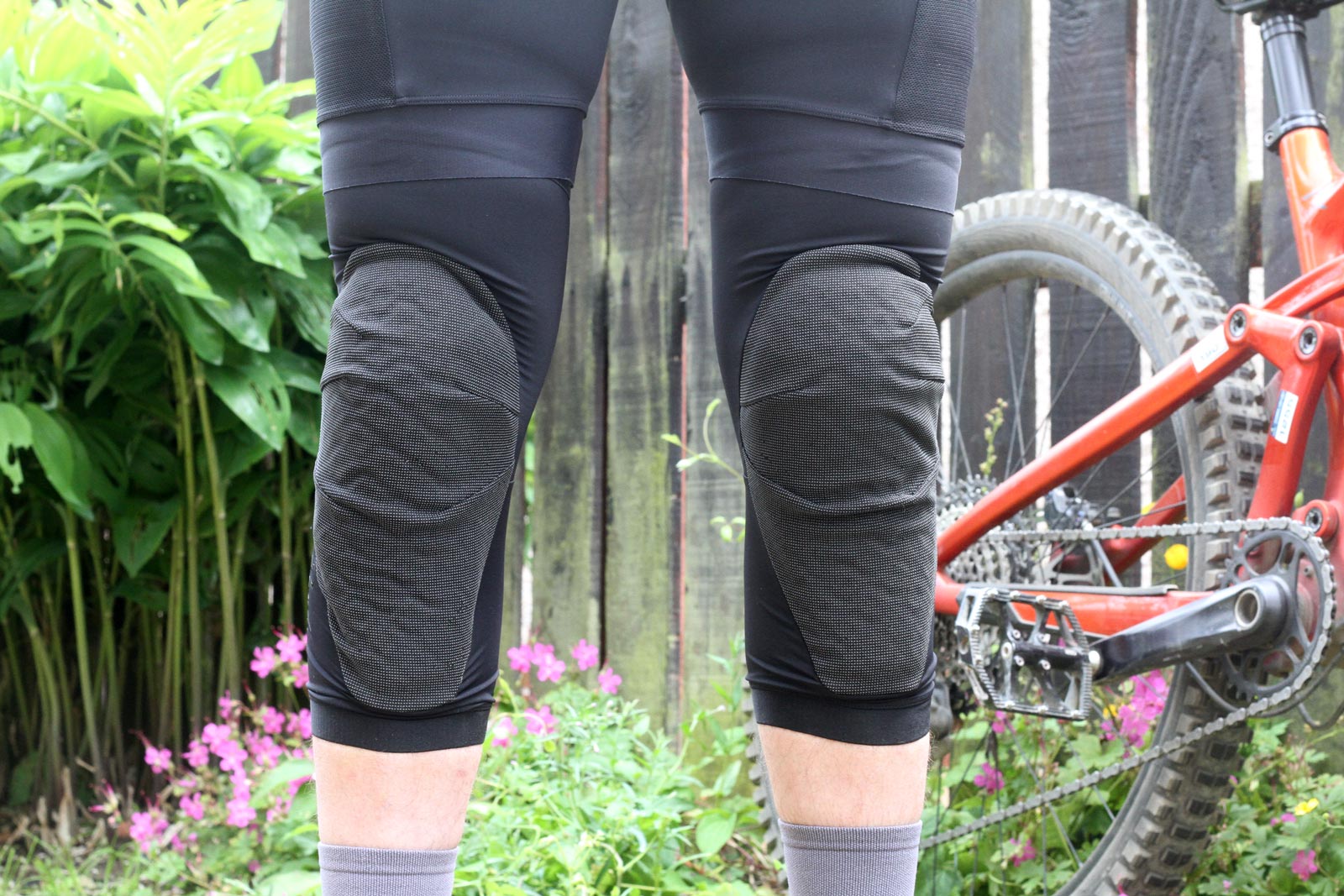There’s a fair bit of trial and error required when it comes to finding the perfect set of knee pads for trail riding. They need to tick a lot of boxes. They can’t bunch up and pinch anywhere, they can’t have misplaced seams that create friction, they need to be flexible enough to move with you, not against you, as your knee comes up over the pedal stroke, they need to offer proper impact protection to the knee cap (and the upper shin if possible), they need to be durable so they don’t tear the first time you crash in them, and for the summer months, they need to be breathable. It’s not too much to ask, right?
Priced at $110 USD (£80), it is reasonable to expect the Rapha Trail Knee Pads will tick all of the above boxes. We got a set in to test over the sunnier months in Scotland.
Review: Rapha Trail Knee Pads
The first hurdle in the trial and error process of purchasing any garment is sizing. If the sizing guide published on the manufacturer’s website is way off, you’re in for a couple trips to the post office. Luckily, Rapha’s sizing guide for the Trail Knee Pads is very accurate, in my case. As per the recommendation, I measured my thigh circumference at 20cm north of my knee cap. That came in at 51cm, bang on the size small. True to size, the small fits me perfectly. See the complete size guide at the foot of this article.
The Rapha Trail Knee Pads are composed of an ultra smooth 4-Way Stretch fabric. This is what comes directly into contact with your skin, in addition to the large silicone grippers at the top and bottom cuff. A small opening inside the sleeve allows for removal of the Rheon when you need to wash the sleeves; that’s the active polymer armor that is responsible for absorbing and dissipating impact force. You can read more detailed information about how it packages strain-rate sensitive polymers into functional structures here.
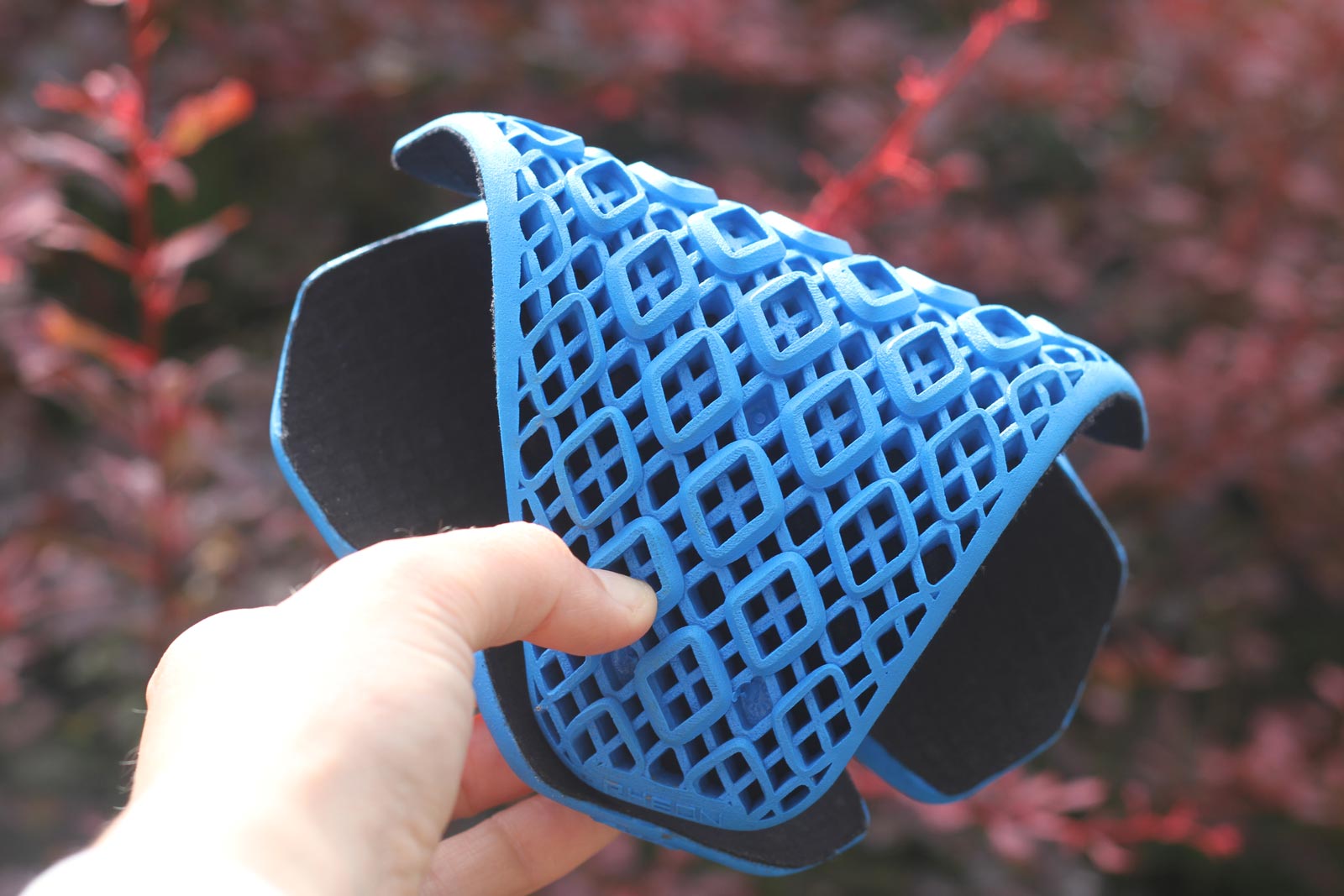
I’ve ridden in the Rapha Trail Knee Pads, and crashed in them, enough times to deliver an opinion on them. I’ve done plenty of short 2-3 hour rides in them, but I also opted to wear them for the Tweed Valley EWS100 earlier this month. Unusually, we were served up with some incredibly good weather, and even better trail conditions. It was dry, dusty, and hot (enough for this UK dweller). The weekend consisted of two back-to-back days of around 45 km each, with around 1600 meters of climbing per day.
Rapha has nailed it. I’m pleased to report theses are the most comfortable knee pads I’ve ever pedaled in. Period.
The Rapha Trail Knee Pads do not rub, chafe, or offer up any other friction-associated downsides. They are unfathomably breathable, and they bend with the knee as it moves through the pedal stroke, to the point where you’ll almost forget you’re wearing them. I have been wearing them with the Rapha Fast + Light Shorts, so they’ve been well ventilated. It is entirely possible I will feel differently when I wear them underneath waterproof trousers come winter time.
They do bunch up a little at the rear, but the material didn’t pinch or rub at all. There are stitched seems exposed on the inside of the pad sleeve, but again, these didn’t present any comfort issues on the trail. I’m really delighted with them.
They do sit quite high up on the thigh (20 cm high), which means they will compete for space with a chamois liner, if you wear one. I chose to position the knee pad against the skin, with the chamois liner over the top, to give that silicone gripper the best purchase on the thigh. The gripper on the lower portion of the sleeve is much smaller, but seems to stick well enough to my hairy legs.
I have crashed twice while wearing these pads, and both times I came down hard on my knees. The knee pads didn’t move an inch from their original position. I was left with a very faint bruise on my right knee cap, and also a bruise above that area that seemed to hug the perimeter of the Rheon pad. Safe to say, I’m glad I didn’t have to find out how bad it would have been had I not been wearing protection.
In a more controlled testing environment, the Rapha Trail Knee Pads were credited with the CE Level 2 certification, meaning the “mean maximum transmitted force is less than or equal to 20kN with no single strike over 30kN.” That’s pretty impressive for such a lightweight (361g per pair), breathable and flexible knee pad. Similarly wearable competitors such as the less expensive SixSixOne Recon D3O knee pad are only certified to CE Level 1.
The Rheon polymer isn’t homogeneously solid like some D3O options are. This goes a long way to making the pad flexible and breathable, but it does so at the expense of leaving small gaps in the pad that could be easily pierced by trail debris, like sharp rocks, for example.
To be fair though, the gaps are tiny, so you’d have to be very unlucky to fall onto something that would push through here and directly impact your knee. Still, it’s worth mentioning; a comfortable, lightweight knee pad such as this one is never going to offer quite the same comprehensive protection as the much bulkier Bluegrass Solid D3O, or even a hard-shell pad such as the SixSixOne Recon Advance D3O.
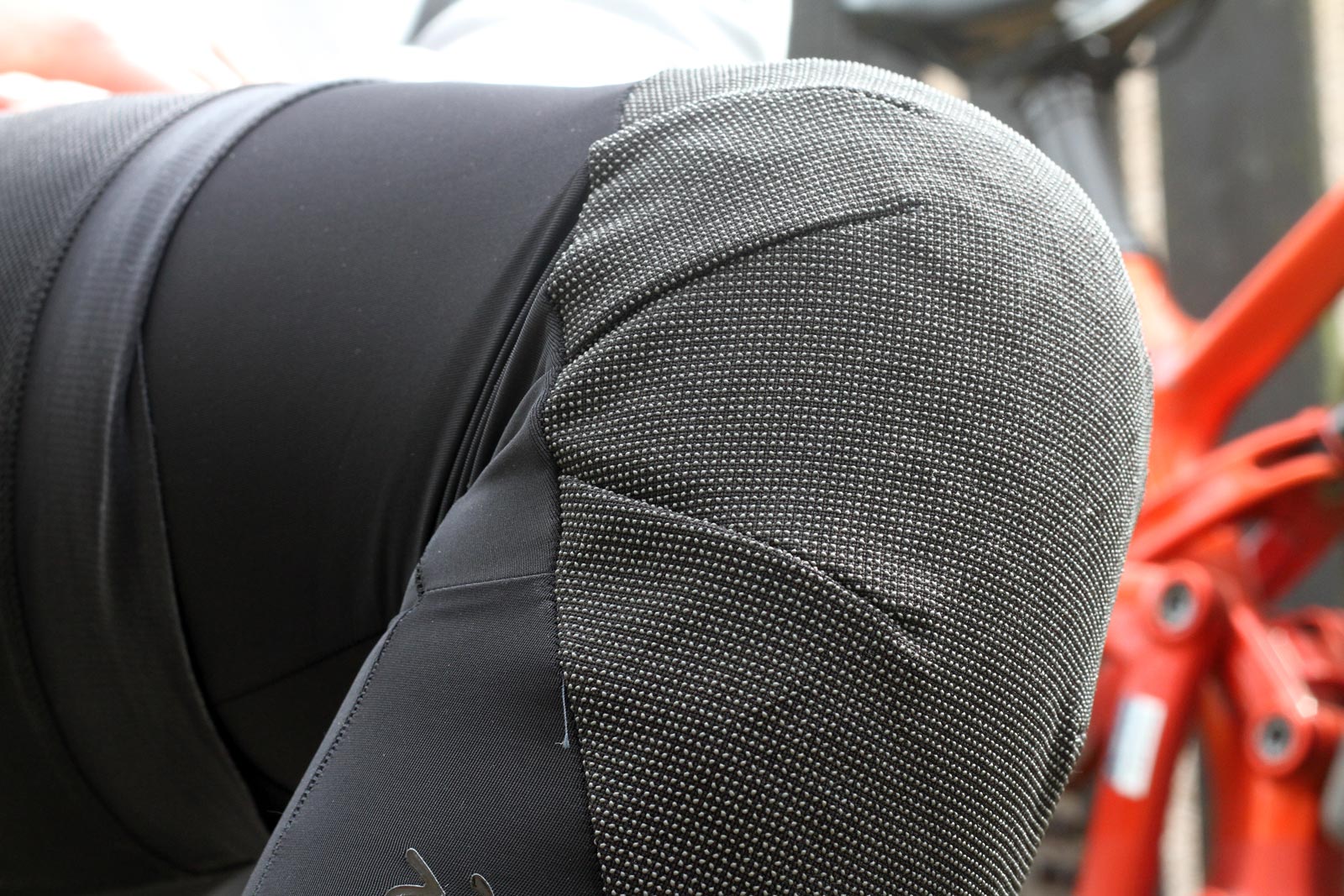
What Rapha are offering here is a very balanced approach to protection and wearability; the design does skew toward prioritizing wearability, but in my experience, the Rheon pad offers an acceptable level of protection such that I am happy enough to race enduro with them.
Pricing & Availability
The Rapha Trail Knee Pads retail at $110 USD and are available now in sizes XS-XL, covering upper thigh diameters from 49-61cm.
